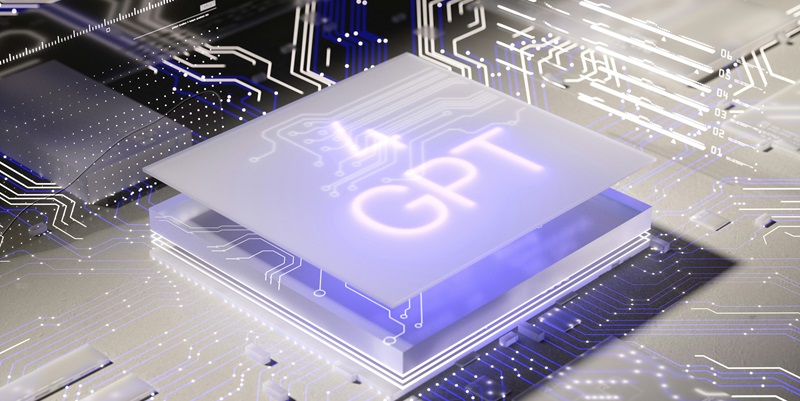In the realm of artificial intelligence, two prominent language models that have garnered significant attention are Anthropic’s Orion and OpenAI’s GPT-4. Both of these cutting-edge models are built on the foundation of transformer architectures, yet they diverge in principles, training data, and overall capabilities. While GPT-4 primarily emphasizes raw performance and versatility across a broad range of applications, Orion integrates Anthropic’s constitutional AI principles, focusing on ethical and controllable AI behavior. This distinction has profound implications for their utility and effectiveness in various use cases.
Training Data and Knowledge Cut-Off Dates
One of the critical differences between Orion and GPT-4 lies in their respective training data and knowledge cut-off dates. GPT-4 was trained with data that extends up until September 2021. This means it lacks information on events and developments that have occurred since that time, potentially limiting its utility for analyzing recent trends and occurrences. On the other hand, Orion has a more recent knowledge cut-off, which allows it to provide more up-to-date insights into newer events and trends. This distinction gives Orion a significant advantage in discussions that require current information.
However, GPT-4’s broader range of historical data offers its own set of advantages. With extensive information stretching back over several years, GPT-4 can provide more comprehensive analyses when historical context is essential. This breadth of knowledge can be invaluable for applications that rely on understanding long-term trends and patterns. Thus, while Orion may have the edge in current information, GPT-4’s extensive historical data remains a strong asset for numerous applications.
Multimodal Capabilities
Another area where these two models diverge is in their multimodal capabilities. GPT-4 excels in integrating both image and text processing, which significantly enhances its ability to handle tasks that require visual input in addition to textual responses. This multimodal capability opens up a wide range of applications for GPT-4, from image captioning and visual data analysis to complex interactive tasks that demand a combination of visual and textual comprehension.
In contrast, Orion focuses predominantly on text-based communication. This narrower focus allows Orion to refine its language processing capabilities more effectively. While it may not handle visual tasks, its strength in text-based tasks makes it a powerful tool for applications that require high-quality language understanding and generation. By concentrating on text, Orion can ensure it delivers exceptional performance in language-specific tasks, albeit at the expense of versatility in multimodal applications.
Ethical Considerations and Bias Mitigation
Ethical considerations and bias mitigation are crucial aspects of AI development, and this is another area where Orion and GPT-4 differ significantly. Anthropic’s constitutional AI framework underpins Orion, embedding ethical standards within the model’s training process. This proactive approach aims to create an AI system that behaves in a more controlled and predictable manner, reducing the risk of harmful or unethical outcomes. Orion’s emphasis on ethical AI behavior makes it particularly suitable for applications where ethical considerations are paramount.
Conversely, while GPT-4 is designed with safety in mind, it may require additional external measures to ensure ethical use. OpenAI has implemented various safety protocols and guidelines, but these are not as deeply integrated into the core of the model as they are with Orion. This means that users of GPT-4 might need to take extra steps to ensure the model’s outputs align with ethical standards, which could be a consideration when choosing between the two models.
Performance and Efficiency
In terms of performance and efficiency, both Orion and GPT-4 demonstrate strong capabilities in handling language tasks. However, preliminary reports suggest that Orion may be more efficient in its operation, requiring less computational power to achieve similar results compared to GPT-4. This efficiency could make Orion a more attractive option for developers and organizations with limited computational resources or those looking to minimize operational costs.
Customization and fine-tuning are essential features for adapting AI models to specific use cases, and here GPT-4 shines with its well-documented options for customization. Developers can efficiently fine-tune GPT-4 to meet their specific requirements, making it a versatile tool across various applications. While Anthropic has hinted at customization features for Orion, they are less clearly delineated at this time, which might limit its flexibility compared to GPT-4.
Conclusion
In the field of artificial intelligence, two notable language models have emerged as significant players: Anthropic’s Orion and OpenAI’s GPT-4. These advanced models are both constructed on transformer architectures, yet they differ markedly in principles, training data, and capabilities. GPT-4 is well-known for emphasizing raw performance and flexibility across a wide array of applications. It stands out for its robust capacity to handle diverse tasks with high efficiency. On the other hand, Orion reflects Anthropic’s commitment to constitutional AI principles, putting a premium on ethical and controllable AI behavior. Orion’s design focuses on ensuring that AI actions adhere to ethical standards and are easily managed, which is particularly crucial for responsible AI development. This fundamental difference significantly impacts their effectiveness and applicability across various use cases. While GPT-4 excels in versatility and raw computational power, Orion prioritizes safer, more manageable interactions, making them suited for different objectives within the AI landscape.

